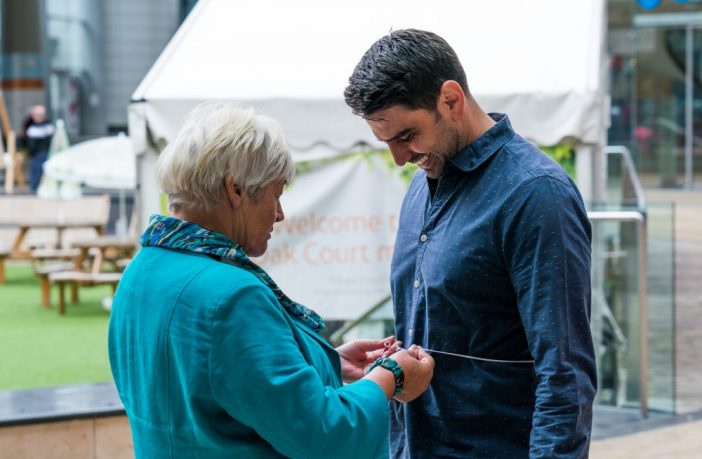Obesity cuts life expectancy by up to ten years, and costs the UK £6.1 billion per year to treat. It’s a huge problem – according to the Health Survey for England, obesity levels in England have nearly doubled in the last 25 years and nearly two thirds of adults were overweight or obese in 2015.
Two new series from the BBC, co-produced with the OU, are exploring our national obesity epidemic, and what it means to be obese in Britain today.
The first of three episodes of Britain’s Fat Fight with Hugh Fearnley-Whittingstall began on Wednesday 25 April. In this first episode, Hugh examined how consumers are misled by packaging and portion sizes, how obesity rates are soaring in deprived areas of the country, and how parents and children are bombarded by junk food advertising. Tune in to watch the second episode on Wednesday 2 May at 9pm on BBC One.
The Truth About Obesity is a one-off episode on BBC One on Thursday 26 April at 8pm, and looks at the latest scientific research on obesity.
Dr Joan Simons has worked closely with the BBC to develop these programmes and explains why obesity is proving to be such a challenge:
A growing problem, with a devastating impact
Obesity has been rising in adults for more than thirty years. More than two thirds of men and almost six in 10 women are now overweight or obese. And more recently, an upward trend has been identified in children.
The problem is the negative impact obesity has on our physical and mental health. It can lead to a variety of physical problems, including diabetes, heart disease, cancer and stroke. It can also affect your mental health, leading to low self-esteem, lack of confidence and depression.
Obesity cuts life expectancy by an average of up to ten years, and according to Public Health England, the UK spent £6.1 billion on overweight and obesity-related ill health in 2014/15, and this figure is likely to rise. They say treating obesity and diabetes costs more than it takes to run the police, fire service and court system combined.
Obesity is tricky to measure
You can measure someone’s health in relation to their weight in several ways.
Most doctors currently use body mass index, or BMI, to measure whether you’re a healthy weight for your height and if you are at risk of disease due to obesity. You can use the NHS BMI healthy weight calculator to work out your score.
For most adults, a BMI of:
- 18.5 to 24.9 means you’re a healthy weight
- 25 to 29.9 means you’re overweight
- 30 to 39.9 means you’re obese
- 40 or above means you’re severely obese
Do you have a length of string?
But there is a problem with BMI – it can miss ‘apple-shaped’ people who are carrying worrying levels of excess weight around their middle. A recent UK study suggests that a piece of string is a more accurate measure of dangerous weight gain than the Body Mass Index (BMI).
To do the string test, get a length of string and measure your height with the string, then fold it in half and check that it can fit comfortably round your waist. If the string doesn’t meet in the middle, this indicates you are carrying too much body fat.
Many global studies (including Ashwell et al, 2011) have found that a person’s risk of heart disease is lower if they keep their waist measurement to less than half their height measurement, and recent research suggests a lower waist to hip ratio is also important, reducing the risk of heart attacks in women.
Generally, men with a waist circumference of 94 cm (37 inches) or more and women with a waist circumference of 80 cm (about 31.5 inches) or more are more likely to develop obesity-related health problems.
You’ll see the string test being used in The Truth about Obesity programme on 26 April!
So what can you do to avoid obesity?
If it’s been a long time since you did any exercise, you could check out the NHS Choices Couch to 5K running plan. It is a series of podcasts delivered over the course of nine weeks and has been specifically designed for absolute beginners.
To begin with, you start running for short periods of time, and as the plan progresses, gradually increase the length of time you run for. At the end of the nine weeks, you should be able to run for 30 minutes non-stop, which for most people is around five kilometres (3.1 miles).
If you are not ready to don your trainers and take up running, making small changes to your lifestyle can ensure you become more active. Maybe take the stairs instead of the lift, or walk your children to school instead of driving there. All of these positive changes can make a real difference.
Find out more
Find out more about these programmes and how the OU is involved
Learn more about obesity and balanced diets by completing our free online course
(This article is adapted from Joan Simons’ article)



